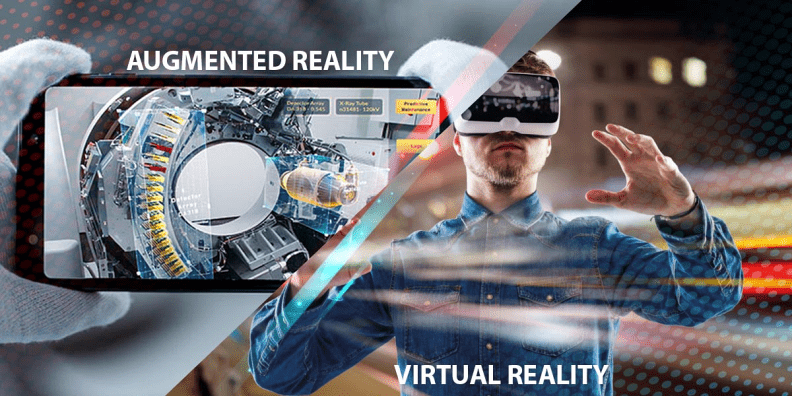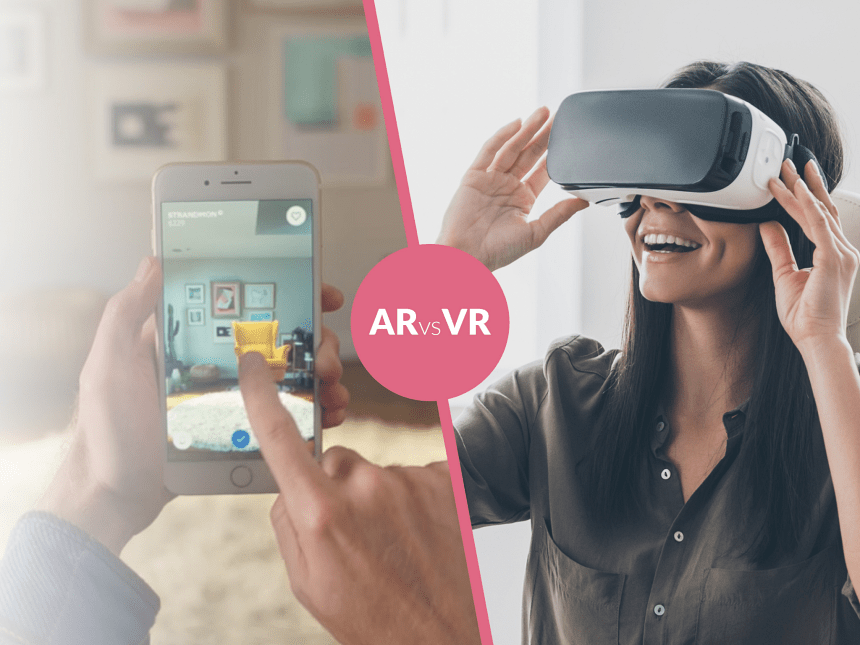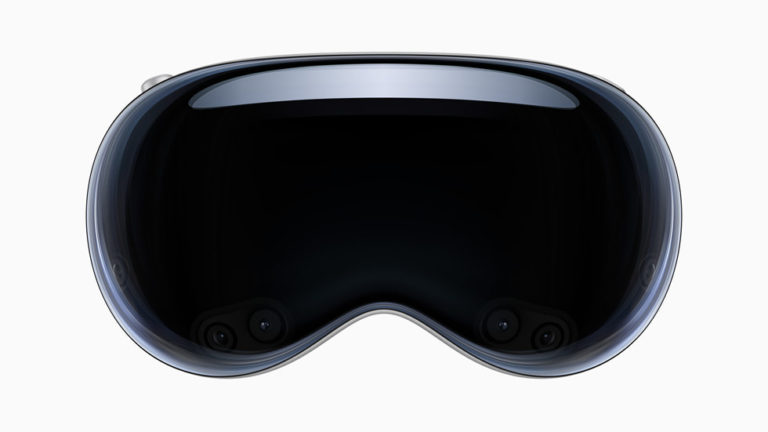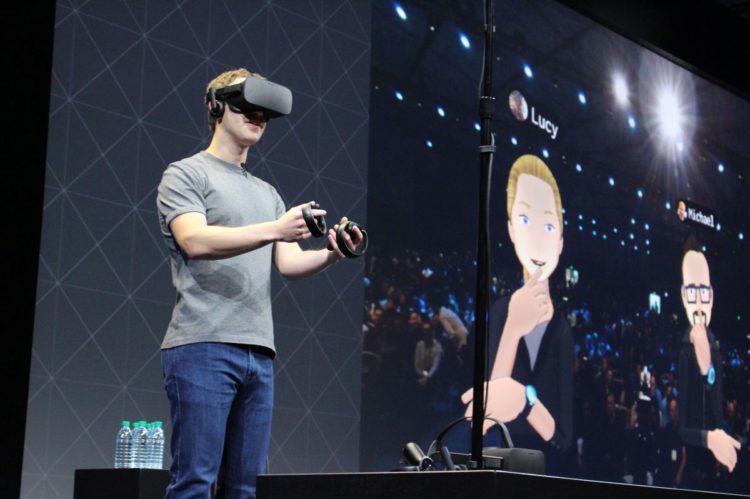Augmented Reality and Virtual Reality: The Future of Immersive Technology

Explore the future of immersive technology with augmented reality and virtual reality.
Learn how these technologies are revolutionizing industries. Get insights on the latest trends, challenges, and opportunities in AR and VR.
Augmented reality:
Augmented Reality is the combination of digital world with real elements. It is a trending technology that is equally suitable for mobile and desktop devices.
Virtual reality:
Virtual Reality takes these same components to a whole new level by creating a completely computer-generated simulation of another world. These virtual simulations can create virtually any image or location imaginable for the player using specialized equipment such as computers, sensors, headsets, and gloves.
Importance of AR and VR technology:
Virtual reality gives you a clear picture of an artificial environment developed through software solutions that are controlled by picture and sound. Virtual reality appears to the user as it sees and believes to be real. It is also used for simulating real-time environments in education and training arenas. VR also plays an important role in gaming scenarios.
On the other hand, Augmented Reality is a technology that adds digital elements to the real world. It enhances the user’s perception of the real world by overlaying sound effects, images, and other virtual elements onto it. AR has proved to be useful in various industries and our daily lives. It serves as a bridge between the physical and virtual worlds. The cost of developing an AR app depends on various factors such as the complexity of the app and the type of AR technology used.
Understanding AR and VR technology:
Key features and components of AR and VR technology:
Key features of AR include real-time interaction with the real world and the ability to improve a user’s perception of the world through the overlay of digital information. AR technology requires cameras, sensors, and software to recognize and track real-world objects.
VR, on the other hand, requires a headset or similar device to fully immerse the user in the simulated environment. The technology uses 3D displays, headphones, and motion-tracking sensors to create a sense of presence and allow users to interact with virtual environments.
Components of VR technology include displays, which are often split into two screens to create 3D effects; tracking systems, which use sensors to track the user’s movements and input devices, such as handheld controllers or gloves. Software used in VR systems creates virtual environments, including objects, sounds, and interactions that are available to the user.
Differences between AR and VR:

| AR | VR |
| Real-world scenes are added.In AR, the user always has a sense of the real world.
|
A complete virtual environmentIn VR technology, the visual senses are under the control of the system.
|
| AR is 25% virtual and 75% real. | This VR technology is 75% virtual and 25% real. |
| This technology allows the user to participate in some action. | This technology allows users to fully immerse themselves in the action. |
| AR requires more than 100 Mbps of bandwidth. | It will require at least a 50 Mbps connection. |
| No AR headset is required. | Some VR headset devices are required. |
| With AR, end users stay in touch with the real world while interacting with virtual objects near them. | By using VR technology, VR users are separated from the real world and immersed in a completely imaginary world. |
| They are used to enhance both the real world and the virtual world. | It is used to augment fictional reality for the gaming world. |
Examples of AR and VR applications:
AR:
- Pokémon Go: The popular mobile game uses AR to overlay real-world Pokémon characters.
- IKEA Place: an app that allows users to preview furniture in their homes before making a purchase.
- Snapchat Filters: AR-powered filters that add animations and effects to user selfies.
VR:
- Oculus VR: A virtual reality headset designed for gaming and entertainment.
- VR Training Simulator: Used in fields such as military, aviation, and medical for training purposes.
Applications of AR and VR in various industries:
Healthcare:
In healthcare, AR and VR technologies are used for medical training, pain management, and patient education. AR can also be used to visualize patient data and aid in diagnosis and treatment planning.
Education and training:
In education and training, AR and VR technologies are used to create immersive learning experiences. This allows students to interact with digital content in a more engaging way. AR can be used to overlay digital information on real objects, while VR can simulate real-world environments.
Entertainment and gaming:
In entertainment and gaming, AR and VR technologies are used to create immersive and interactive experiences for users. VR can provide a new level of immersion, while AR can enhance real-world experiences with content overlays.
Real estate:
In real estate, AR and VR technologies are used to provide virtual real estate tours. This allows potential buyers to experience real estate remotely. AR can also be used to overlay digital information on physical properties.
Manufacturing and engineering:
In manufacturing and engineering, AR and VR technologies are used for product design, prototyping, and maintenance. It enables engineers to visualize and test designs in a virtual environment. Save time and resources.
Retail and advertising:
In retail and advertising, AR and VR technologies are used to enhance the shopping experience. AR can be used to allow customers to visualize products in their homes before making a purchase decision. VR can create immersive experiences that promote brand awareness and brand awareness.
Military and defense:
In the military and defense fields, AR and VR technologies are used for training, simulation, and situational awareness. They can simulate realistic training situations. This technology will allow soldiers to train in a safe and controlled environment.
Benefits of AR and VR technology
Advantages of Augmented Reality (AR):
- Offers individualized learning
- promote the learning process
- many branches
- Offers continuous innovation and improvement.
- increase accuracy
- It helps to increase user knowledge and information.
- People can able to share experiences over long distances.
- Help developers create games that provide a “real” user experience.
Advantages of Virtual Reality (VR):
- immersive learning
- Create an interactive environment
- increase the ability to work
- One of the most important advantages of VR is that it allows you to create immersive worlds for users to explore.
- Virtual reality in education has made education easier and more comfortable.
- Virtual reality allows users to experiment with artificial environments.
Limitations and drawbacks of AR and VR technology:
Disadvantages of augmented reality:
- Implementation and development of AR-based projects and their maintenance are very costly.
- The lack of privacy is a major drawback of AR.
- The low-performance level of AR devices is a significant disadvantage that may occur during the testing phase.
- Augmented reality can cause mental health problems.
- The lack of security can affect augmented reality principles as a whole.
Disadvantages of Virtual Reality:
- VR is becoming more and more common, place but the programme will not be able to interact with the virtual environment.
- Escaping is common among those using VR environments, and people are starting to live in virtual worlds instead of dealing with real-world problems.
Future of AR and VR technology:
Emerging trends and innovations in AR and VR technology:
AR and VR technology is advancing rapidly with many new trends and innovations. One trend is the development of more affordable and accessible hardware, such as standalone VR headsets and AR-enabled Smartphone’s. Another is the growing use of AR and VR in enterprises and industries, such as Remote collaboration and training.
The integration of AI and machine learning further enhances AR and VR experiences, making digital content more intelligent and interactive of the truth with realism and high accuracy. Finally, Developing an AR cloud infrastructure enables persistent AR experiences to be shared across devices and locations, opening up new possibilities.
Potential future applications of AR and VR technology:
The future applications of AR and VR technology are many and varied.
- In healthcare, AR and VR can be used for telemedicine and telemedicine.
- In education, AR and VR can revolutionize distance learning and enable personalized learning experiences.
- AR and VR can also be used for virtual tourism enabling users to explore new destinations.
- In retail, AR and VR can provide customized and immersive shopping experiences. In the workplace, AR and VR can enable highly effective collaboration and remote training.
Challenges and opportunities for the future of AR and VR technology:
The future of AR and VR technology presents both challenges and opportunities. Some of the challenges include the high cost of hardware, the need for a more accessible and user-friendly interface, and concerns about privacy and security.
Opportunities include the potential to enhance the user experience across industries, including health care, education, and retail. As technology advances, it also has the potential to increase productivity and efficiency in the workplace.
Impact of AR and VR on the entertainment industry:
Potential future of entertainment and AR/VR technology:
The future of entertainment and AR/VR technology holds significant potential for immersive and interactive experiences. This will blur the line between the real world and the digital world. This includes realistic and high-fidelity simulation capabilities. It includes a combination of AI and machine learning for a smarter and more personalized experience.
Social and ethical issues surrounding AR and VR technology:
Privacy concerns:
Privacy is an important social and ethical concern with AR and VR technologies, especially in relation to data collection and tracking. AR and VR devices and applications often collect user data. It is mainly used for targeted advertising and other purposes. There is also the potential for privacy and security breaches, including the possibility of surveillance or unauthorized access to personal data.
Social impact of AR and VR technology:
The social impact of AR and VR technologies is important because it has the potential to change the way we interact with and perceive the world around us. AR and VR can improve learning, entertainment, and social experiences. While improving healthcare and remote collaboration, however, it also raises ethical and privacy concerns that need to be addressed.
Conclusion:
Augmented Reality and Virtual Reality are rapidly advancing technologies that are changing the way we experience the world. There are many possible uses are many and varied, from health care and education to entertainment and advertising. However, there are challenges to be solved, such as cost, privacy, and ability to access. The opportunities for innovation and better experiences abound. AR and VR represent a bright future for virtual reality and have the potential to revolutionize industries and aspects of everyday life.
We have experts that are pioneer in providing mobile app ideas for startups and in trending blockchain development.
Author Bio

I’m Jay Shah, a technology enthusiast & quick learner, working at Groovy Web as a Digital Marketer. As a blogger writes on technology, cybersecurity, data protection, and software development content.






